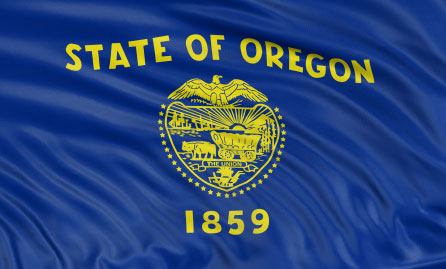Student Loans
Student Loans
College Loan Benefits
Applying for Loans
Choosing a Lender
Compare Loans
Borrowing Amount
Government Loans
Federal Loans
Government Loans
Stafford Loans
Perkins Loans
Federal Direct Loans
Low Interest Loans
Fed Loan Distribution
State Student Loans
Alternative
Alternative
Parent PLUS Loans
Graduate PLUS Loans
Home Equity
Major Lenders
Loan Organizations
Private Student Loans
ACS Student Loans
NelNet
Sallie Mae
Signature Loans
Loan Consolidation
Loan Consolidation
Consolidation Benefits
Consolidation for Graduate Students
Loan Repayment
Repayment Options
Loan Grace Period
Student Loan Discounts
Loan Cancellation
Student Loan Precautions
Loan Forgiveness
Defaulted Loans
Getting Out of Default
Loan Deferment
Loan Forbearance
Federal loans should be your first choice when pursuing college funding in Oregon. Federal loans are the most affordable option, they don’t require an extensive credit check, and better yet, almost everyone qualifies for some level of federal aid.
To begin applying, your first step is to complete the FAFSA, the Free Application for Federal Student Aid. Here are some guidelines for completing this step of the process:
Here is a brief outline of the federal loans:
Find out more about federal student loans.
Federal loans and other federal financial aid options should be exhausted before pursuing any other types of loans. Other loans should be a second choice because most often, these other options will take some form of private loans. These private loans are generally less affordable, and the higher interest rates generally make them a risky proposition for many students. Private loans also are credit-based (as opposed to need-based), and many students will require a co-signor because they don’t have the stellar credit score that qualifying for these loans will typically require.

Oregon students who are looking beyond the conventional federal sources of funding will be looking for either institutional loans or private loans. These two types of loans are closely related, and both will require credit checks and come with higher interest rates than federal options.
They will, however, be a suitable source of funding for many students. The key is to check out all the details with every organization you consider borrowing from, and make sure to find some figures on how much the total cost will be.
Some features to pay attention to are repayment deadlines and interest accrual periods, which are the main difference between student loans and other types of loans.
Institutional loans refers to loans that are offered by educational institutions to assist their students. Not surprisingly, you’ll need to contact your college or university for more detailed information on the loans that might be available.
Many institutional loans are given first to those students who can demonstrate a financial need for them, and just like private loans, you’ll often need to have good credit.
Standard banks like Wells Fargo, SallieMae, SunTrust, and Citi Bank will all offer student loan packages.
As discussed before, you’ll want to shop around, and pay attention to details like when repayment must begin after you leave school, and when interest will begin to accrue on your loan. Read the fine print, and don’t let the details slip by before you sign anything.
The Oregon Student Access Commission is an excellent place to go for assistance in planning for college. The organization helps students prepare for and find the means to pay for the college experience of their dreams.